The ministry has released a report enumerating over 24 lakh water bodies.
WD News: For the first time in the history of the country, the Ministry of Jal Shakti has conducted a census of water bodies across the nation. The census provides a comprehensive inventory of India’s water resources, including natural and man-made water bodies like ponds, tanks, lakes, and more, and to collect data on the encroachment of water bodies. It also highlighted disparities between rural and urban areas and varying levels of encroachment and revealed crucial insights into the country’s water resources.
The information on all important aspects of the water bodies including their type, condition, status of encroachments, use, storage capacity, status of filling up of storage, etc was collected. It covered all the water bodies located in rural as well as urban areas that are in-use or not in-use. The census also took into account all type of uses of water bodies like irrigation, industry, pisciculture, domestic/ drinking, recreation, religious, ground water recharge, etc.
Key Features/Findings of the Census:
• 24,24,540 water bodies have been enumerated in the country, out of which 97.1% (23,55,055) are in rural areas and only 2.9% (69,485) are in urban areas.
• Top 5 states in terms of number of water bodies are West Bengal, Uttar Pradesh, Andhra Pradesh, Odisha and Assam which constitute around 63% of total water bodies in the country.
• Top 5 states in terms of number of water bodies in urban areas are West Bengal, Tamil Nadu, Kerala, Uttar Pradesh and Tripura, whereas in rural areas, top 5 states are West Bengal, Uttar Pradesh, Andhra Pradesh, Odisha and Assam.
• 59.5% of water bodies are ponds, followed by tanks (15.7%), reservoirs (12.1%), water conservation schemes/ percolation tanks/ check dams (9.3%), lakes (0.9%) and others (2.5%).
• 55.2% of water bodies are owned by private entities, whereas 44.8% of water bodies are in the domain of public ownership.
• Out of all public owned water bodies, maximum water bodies are owned by Panchayats, followed by State Irrigation/ State Water Resource Departments.
• Out of all private owned water bodies, maximum water bodies are in hands of individual owners/ farmers followed by group of individuals and other private bodies.
• Top 5 states which lead in the private owned water bodies are West Bengal, Assam, Andhra Pradesh, Odisha and Jharkhand.
• Out of all ‘in use’ water bodies, major water bodies are reported to be used in pisciculture followed by irrigation.
• Top 5 states wherein major use of water bodies is in pisciculture are West Bengal, Assam, Odisha, Uttar Pradesh and Andhra Pradesh;
• Top 5 states wherein major use of water bodies is in irrigation are Jharkhand, Andhra Pradesh, Telangana, West Bengal and Gujarat.
• 78% water bodies are man-made water bodies whereas 22% are natural water bodies. 1.6% (38,496) water bodies out of all the enumerated water bodies are reported to be encroached out of which 95.4% are in rural areas and remaining 4.6% in urban areas.
• The information on water spread area was reported in respect of 23,37,638 water bodies. Out of these water bodies, 72.4% have water spread area less than 0.5 hectare, 13.4% have water spread area between 0.5-1 hectare, 11.1% have water spread area between 1-5 hectares and remaining 3.1% of water bodies have water spread area more than 5 hectares.
Source & image courtesy: PIB




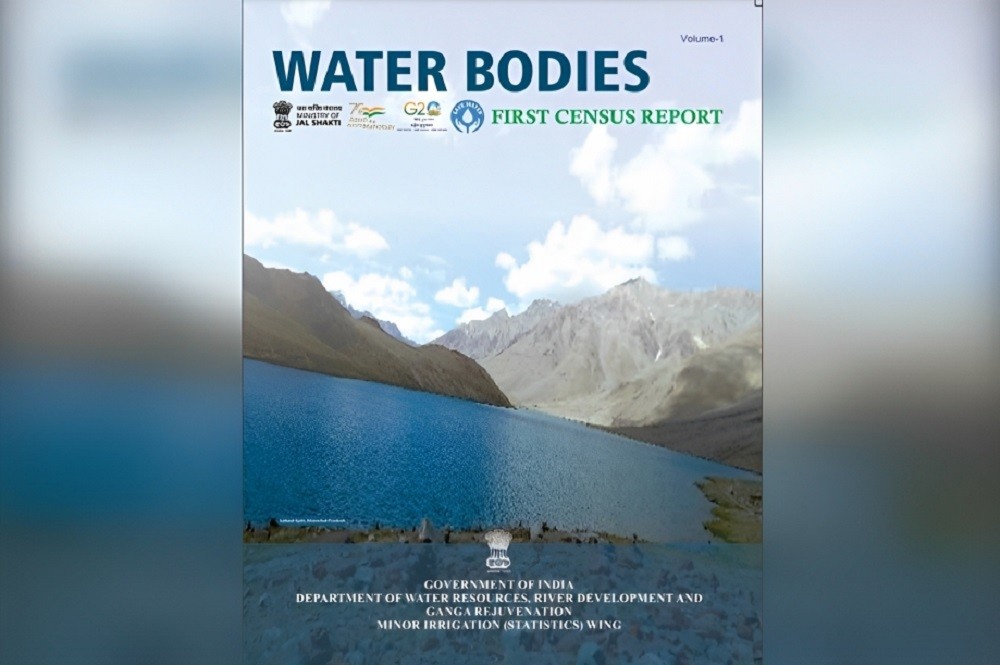
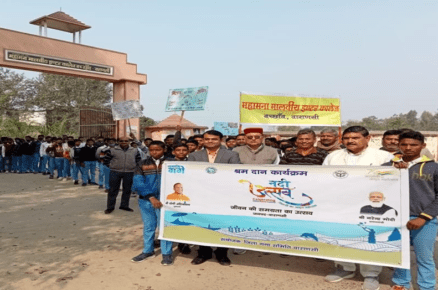
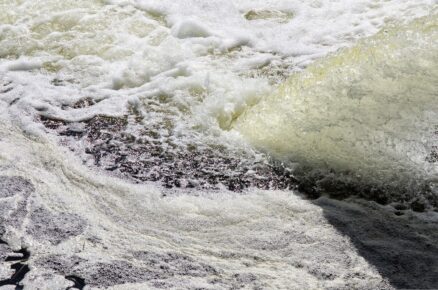
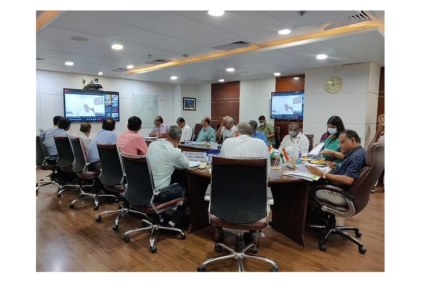
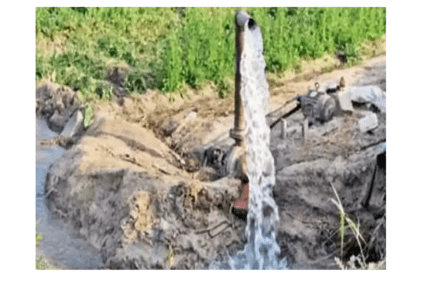





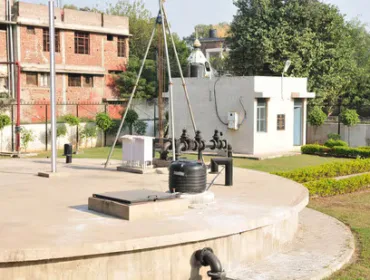
Excellent effort to compile the most demanding information.
Where the information of water bodies -in detail -is available ?